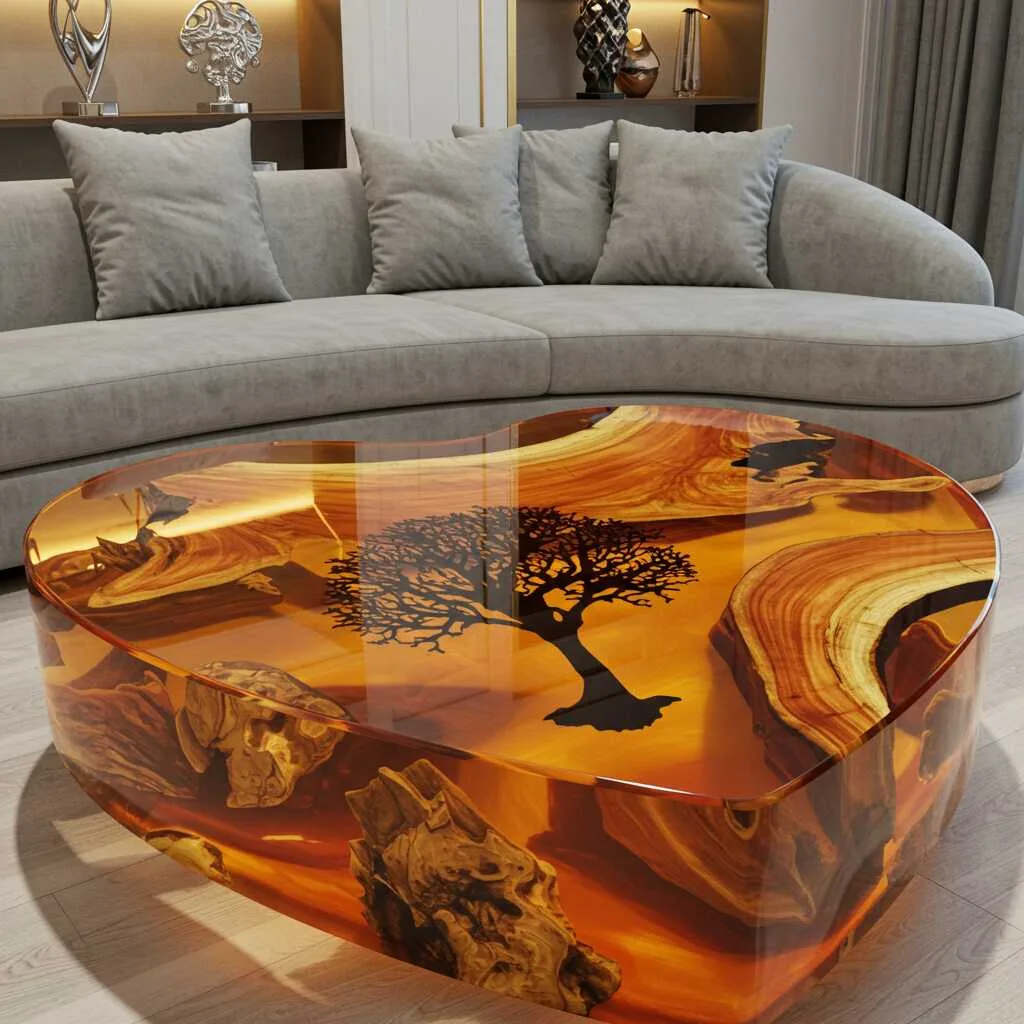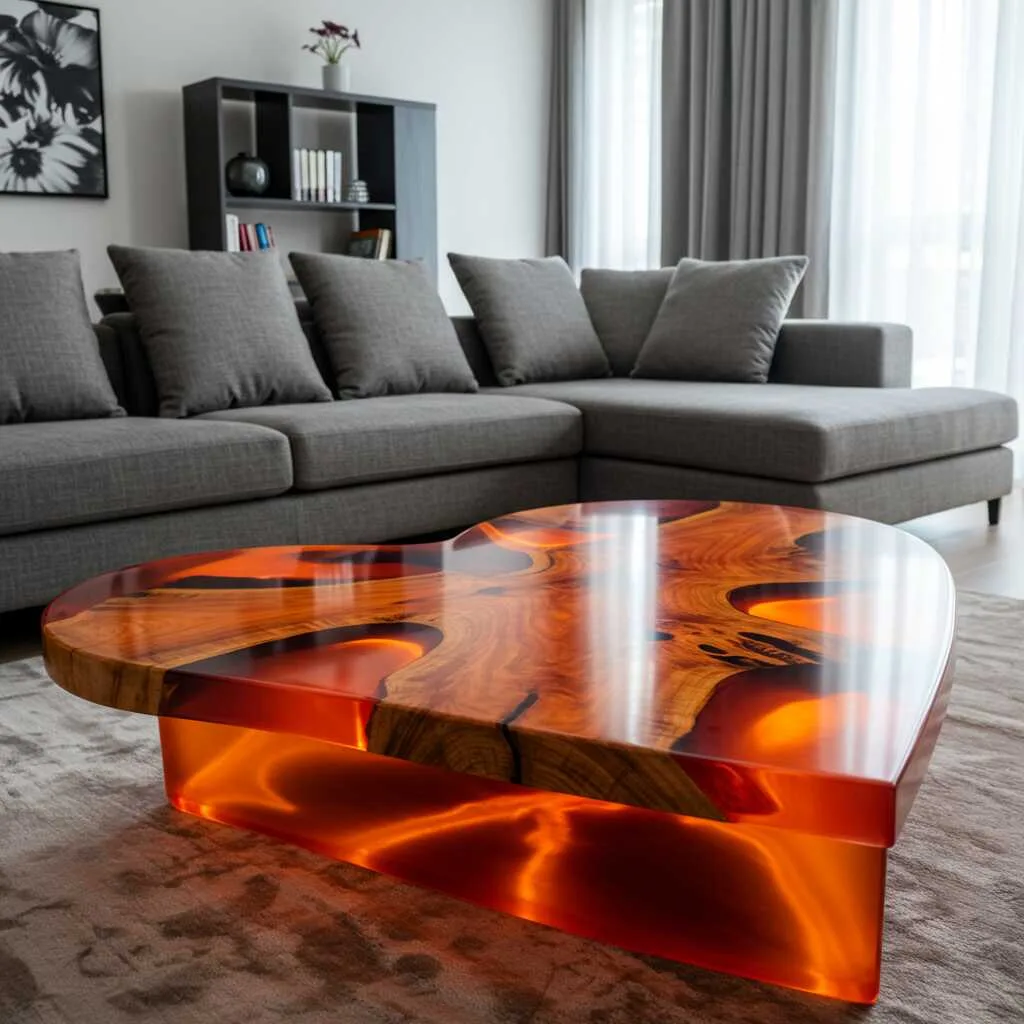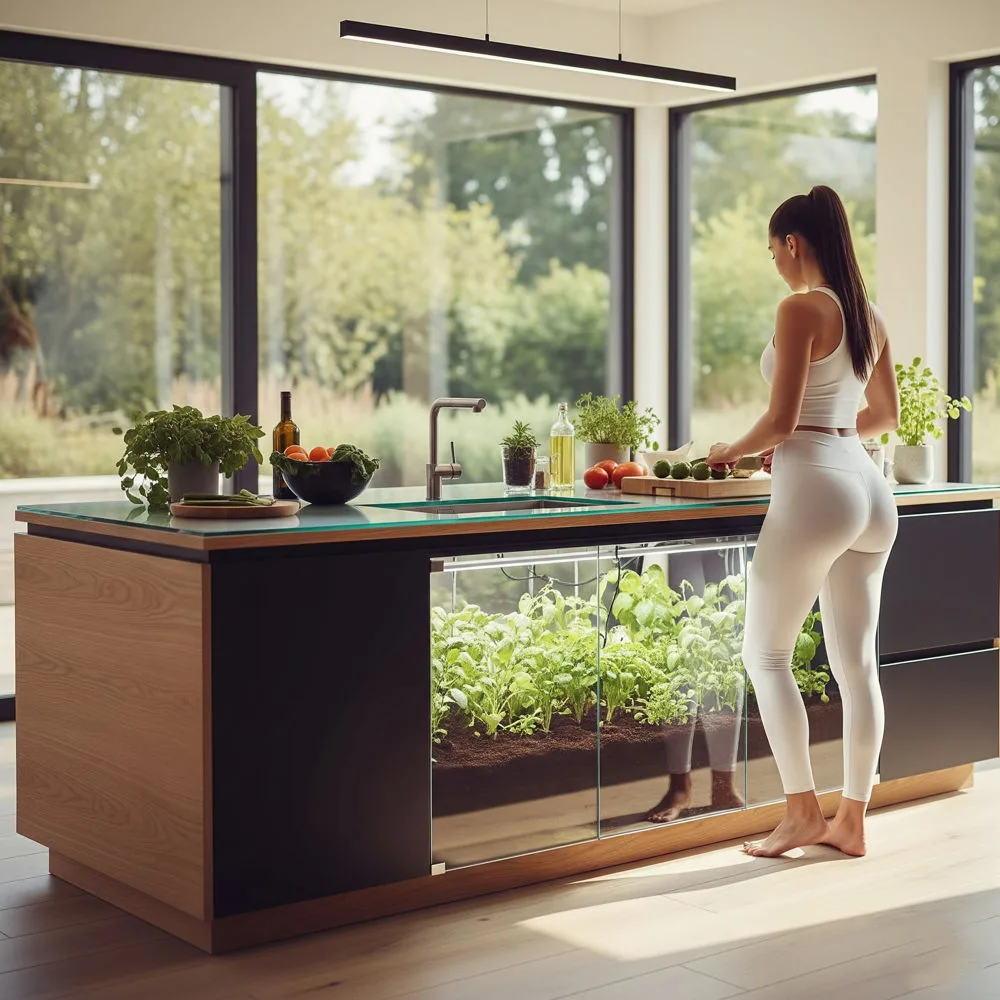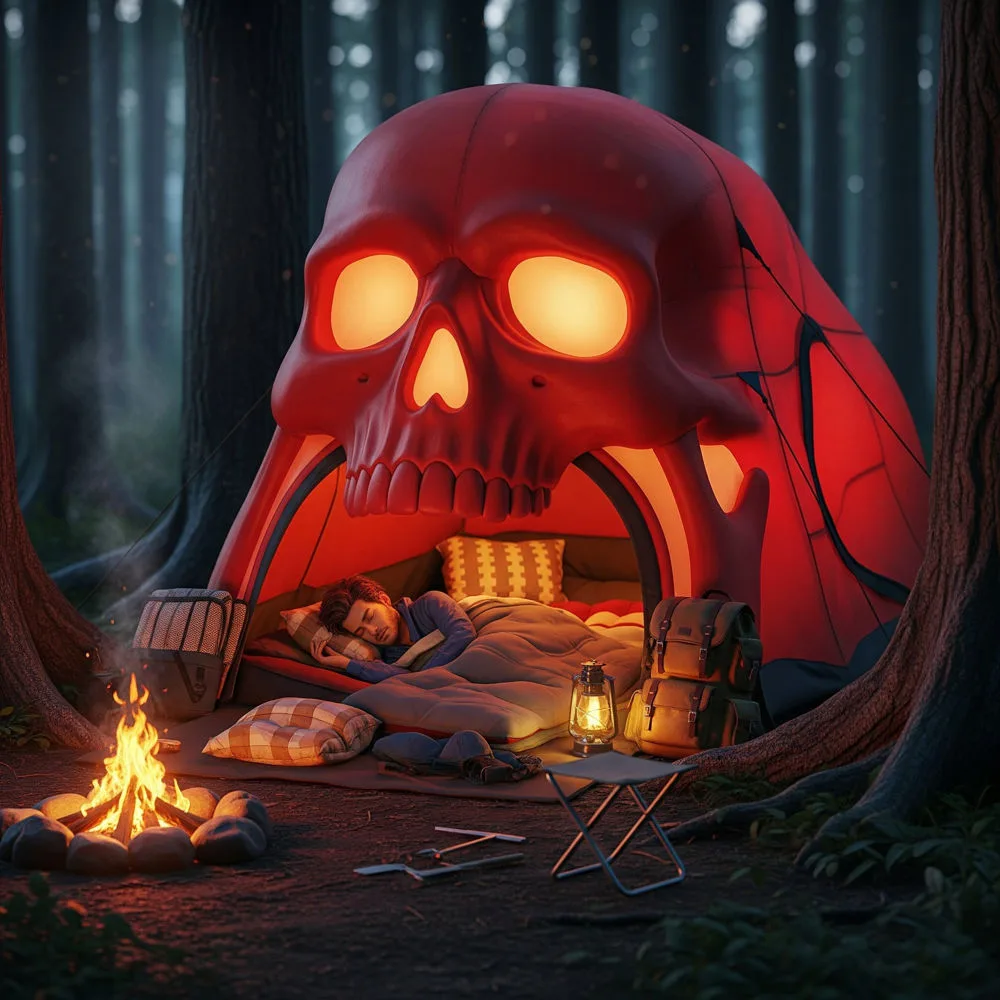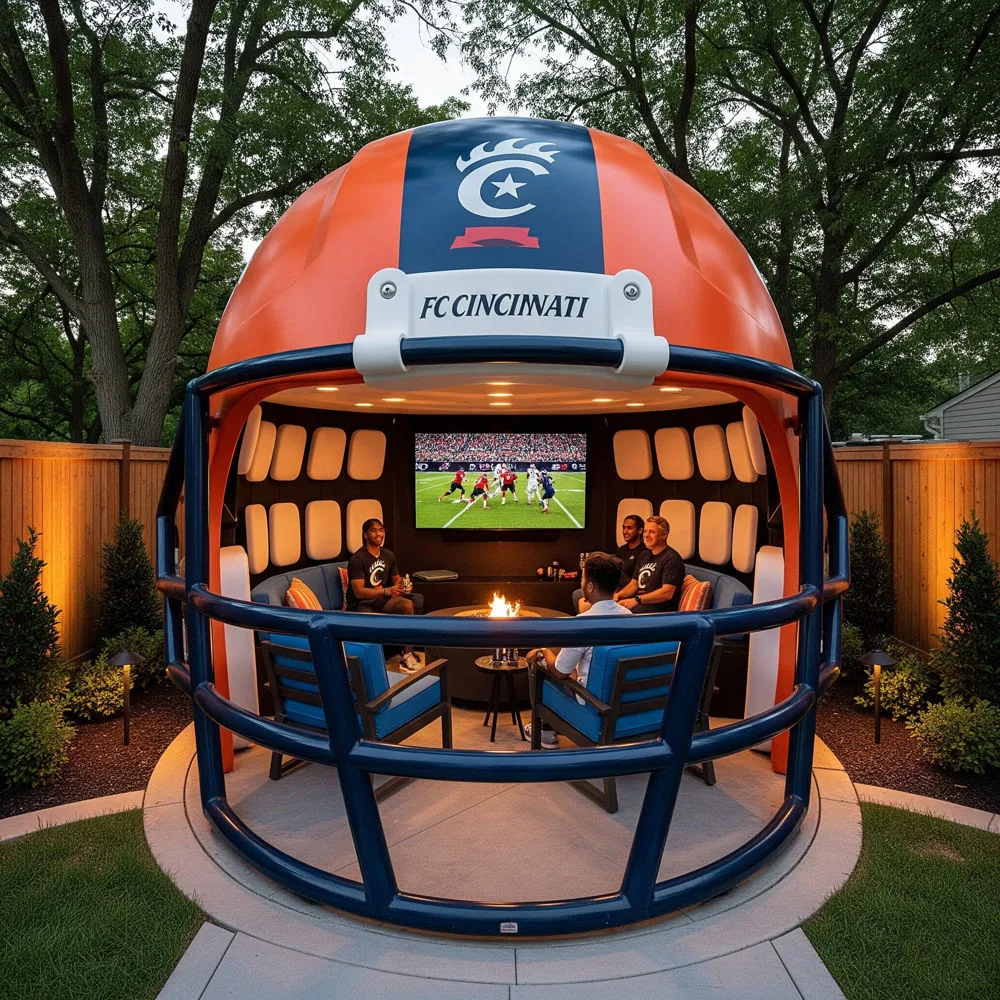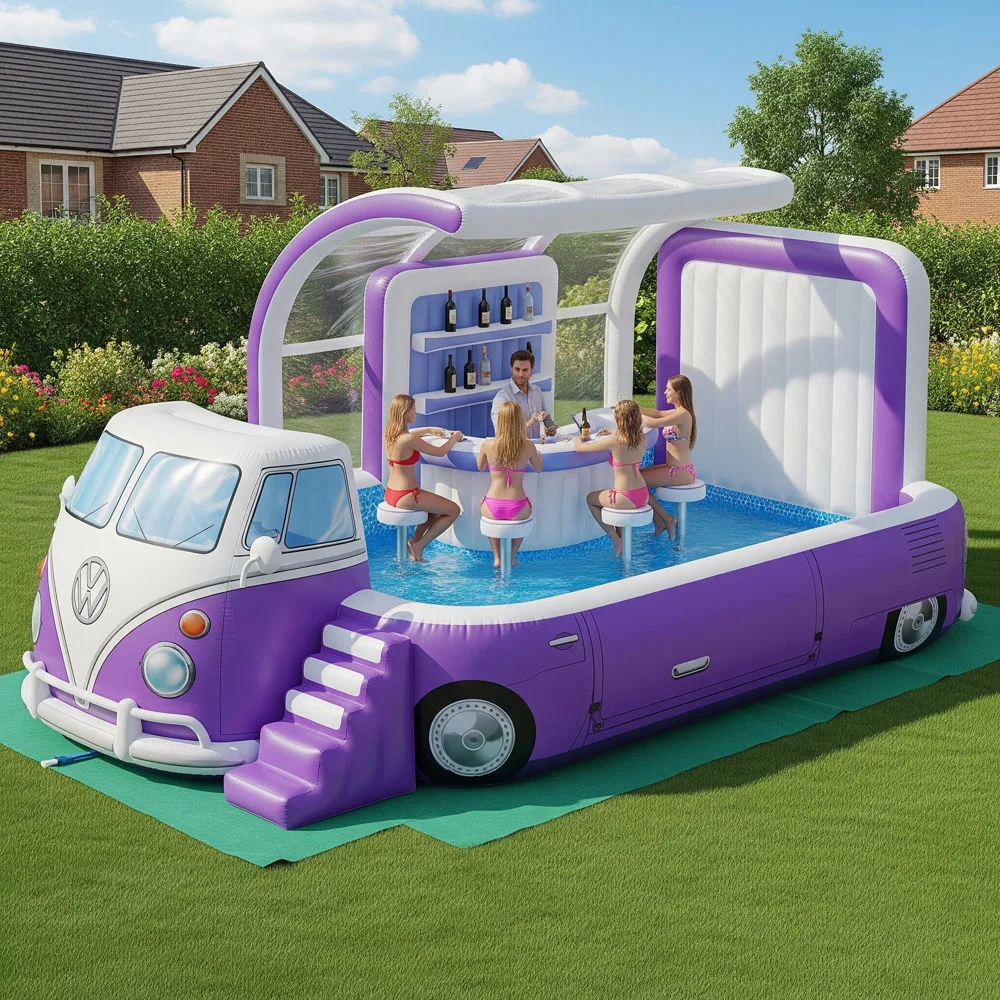The Allure of the Edge Wood Coffee Table
In the ever-evolving world of home décor, few pieces hold the same weight—both literally and aesthetically—as the coffee table. It’s not just a functional piece for balancing mugs and magazines; it’s the visual and social center of the living room. Amid the sea of mass-produced furniture, one item stands apart for its natural character and bold presence: the Edge Wood Coffee Table.
What makes an Edge Wood Coffee Table so captivating? Is it the raw, undulating edges that follow the natural grain of a tree? The deep richness of hardwoods like walnut or oak, unspoiled by synthetic molds? Or perhaps the philosophy behind it—celebrating imperfection, asymmetry, and the story that lives in every slab of wood?
This article explores the powerful draw of Edge Wood Coffee Tables: from their origins and craftsmanship to the stylistic variations and emotional connection they offer. Whether you’re designing a rustic cabin or a sleek urban loft, these tables bring warmth, individuality, and a tangible connection to nature into any space.
The Timeless Beauty and Craft of Edge Wood Coffee Tables
What Is an Edge Wood Coffee Table?
Definition and Distinction
An Edge Wood Coffee Table—also known as a live edge coffee table—is crafted from a single slab or joined slabs of hardwood that retain the natural, organic edge of the tree. Unlike machine-cut pieces with precise corners and uniformity, edge wood embraces the raw and rugged line of nature.
It’s not just furniture—it’s sculpture. It tells the story of the tree it came from: its curves, knots, imperfections, and age rings. These features are not hidden but highlighted, making each piece utterly unique.
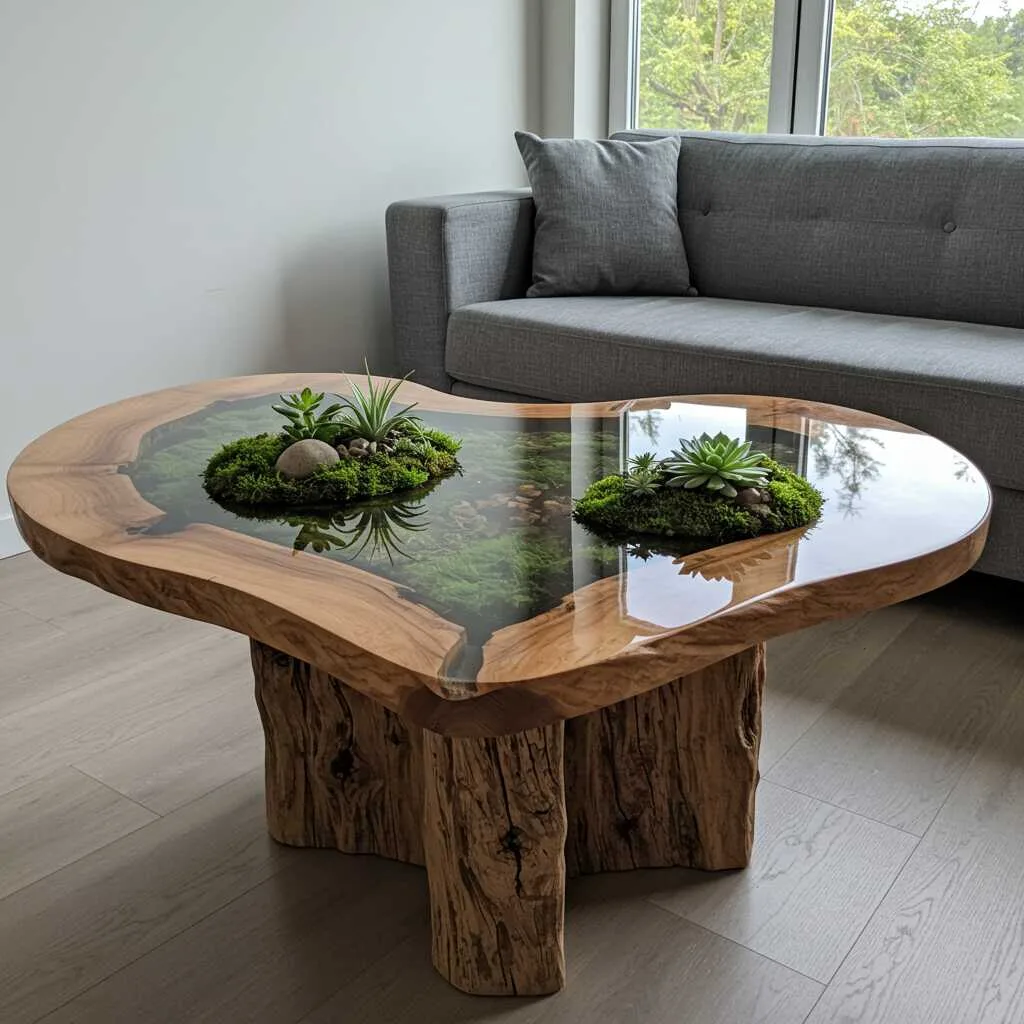
The Live Edge Philosophy
The core philosophy behind edge wood design is wabi-sabi, a Japanese aesthetic that appreciates beauty in imperfection and transience. By showcasing natural edges, makers honor the life and character of the tree rather than forcing it into an artificial form.
This results in furniture that feels organic, grounded, and real—qualities often lacking in mass-market designs.
The Making of an Edge Wood Coffee Table
Selecting the Right Wood
Crafting an Edge Wood Coffee Table starts with sourcing the wood—and not just any wood will do. Artisans typically work with hardwoods for their strength, grain patterns, and longevity. Popular options include:
- Black Walnut – Dark chocolate tones with flowing grain
- Oak – Strong, light-toned wood with prominent grain
- Maple – Smooth and pale with subtle elegance
- Acacia – Exotic wood with contrasting grain and hue
- Mango Wood – Sustainable and richly varied
Each tree tells its own story. Some slabs might have striking spalting, others dramatic knots or cracks filled with resin. Every imperfection adds to the charm.
Slab Preparation and Preservation
Once selected, the slab must be:
- Kiln-dried to remove moisture and prevent warping
- Sanded by hand to preserve the edge while smoothing the surface
- Sealed with oils, waxes, or polyurethane to enhance color and protect the wood
Edges are often left untouched or gently refined to remove only the bark, leaving the natural curvature intact.
Table Legs and Bases
The base of an Edge Wood Coffee Table is crucial for balancing rustic charm with modern aesthetics. Common pairings include:
- Industrial steel legs in hairpin or geometric shapes
- Wooden block legs made from matching or contrasting timber
- Clear acrylic or resin to make the wood seem like it’s floating
- Live edge waterfall design, where the slab continues downward to form one or both legs
Each style affects the table’s personality—from raw and rugged to sleek and sophisticated.
Style Versatility: Where Nature Adapts to Design
Rustic Charm
In cozy cabins or bohemian homes, edge wood tables fit right in. Their unrefined edges and woodsy tones echo natural surroundings. Paired with warm textiles, stone accents, and leather furniture, they become part of a rustic story.
Perfect for:
- Log cabins
- Farmhouses
- Nature-themed rooms
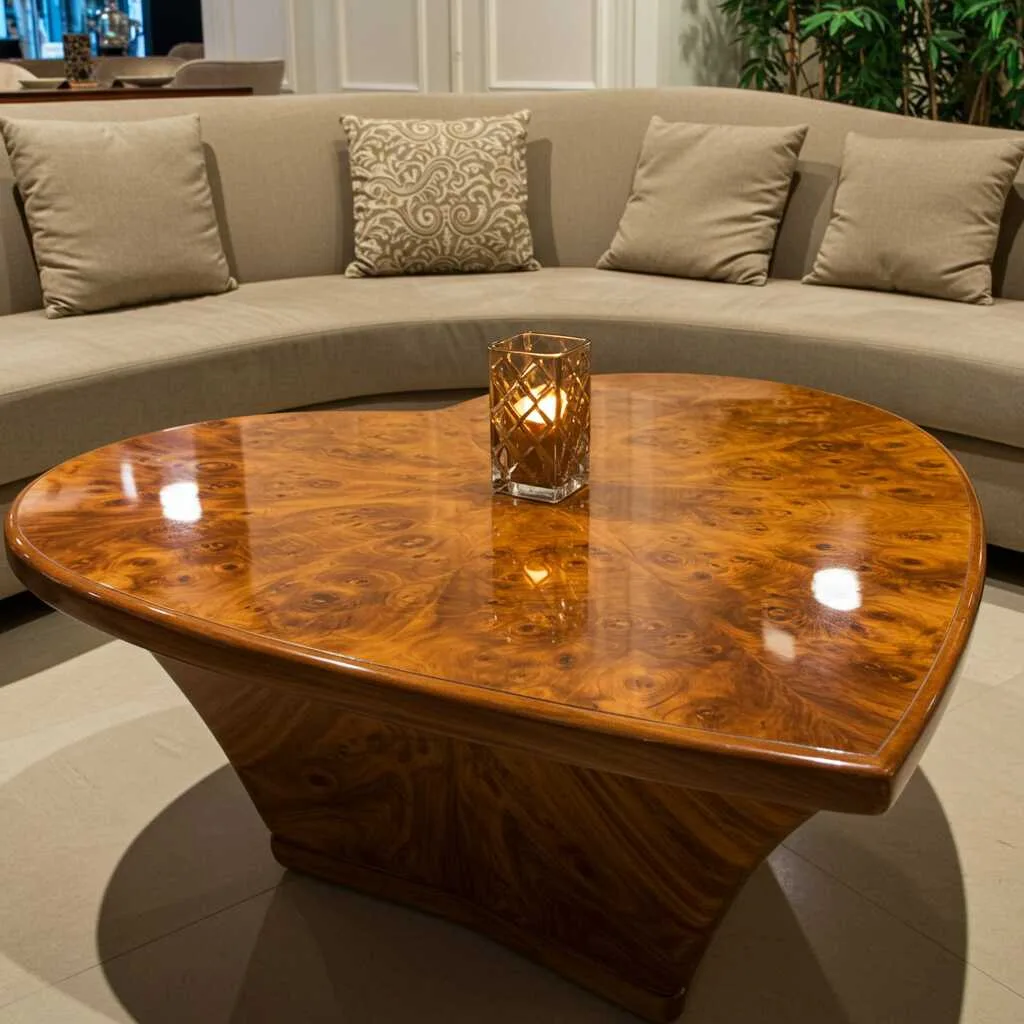
Urban Industrial Edge
Edge Wood Coffee Tables contrast beautifully in industrial settings. Against exposed brick, steel beams, or concrete floors, the warmth and irregularity of the wood softens the hardness of urban materials.
Think:
- Matte black metal bases
- Cool-toned wood finishes
- Clean lines offset by organic edges
Modern Minimalism
Surprisingly, edge wood works beautifully in minimalist interiors too. When the slab is clean, lightly finished, and paired with slim bases, it acts as a sculptural centerpiece without overwhelming the space.
Pair with:
- Neutral color palettes
- Mid-century sofas
- Scandinavian-style accessories
Artistic Statements
Some Edge Wood Coffee Tables go far beyond functionality. Artisans often experiment with:
- Resin rivers between split slabs, glowing in blue or metallic hues
- Embedded stones or leaves for extra texture
- Mixed media bases incorporating metal, glass, or reclaimed objects
These pieces blur the line between furniture and art installation.
Sustainability and Ethical Craftsmanship
Using Reclaimed Wood
Many edge wood artisans use reclaimed wood from:
- Fallen trees
- Demolished barns or structures
- Trees removed during urban development
This approach preserves forest resources while giving new life to old wood. The result is a product that’s not only beautiful but environmentally conscious.
Supporting Artisan Work
Most Edge Wood Coffee Tables are made by independent craftspeople or small studios. Purchasing one often means supporting:
- Local makers
- Traditional woodworking methods
- Ethical sourcing practices
Rather than buying from a faceless brand, you’re investing in a story—and a maker’s passion.
Caring for Your Edge Wood Coffee Table
Maintenance Tips
- Use coasters to avoid rings or stains
- Apply oil or wax every few months to maintain luster
- Avoid direct sunlight to prevent fading or cracking
- Wipe with a soft cloth—avoid harsh chemicals
With a bit of love, these tables can last generations.
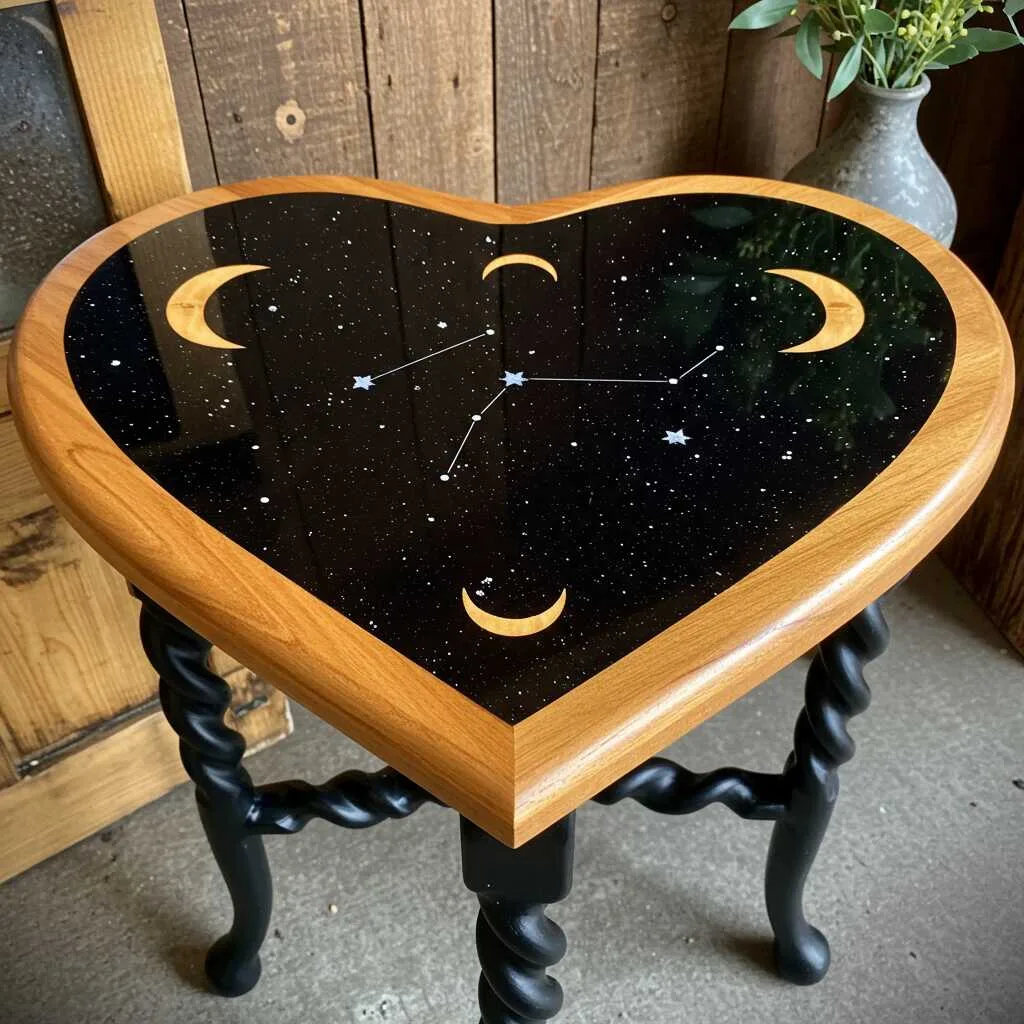
Embracing Change
Part of the edge wood philosophy is accepting natural shifts over time. Slight warping, deepening of color, or new character in the grain should be celebrated—not feared. It’s furniture that ages with you.
The Edge of Natural Beauty
The Edge Wood Coffee Table is more than a surface—it’s a conversation starter, a reflection of nature, and a timeless expression of design rooted in authenticity. Whether you’re craving a rustic touch or a refined sculptural element, this piece meets you at the edge where art, nature, and craftsmanship collide.
It invites us to pause and appreciate the story embedded in every grain, every curve, and every knot. In a world filled with straight lines and sterile materials, the edge wood table reminds us that beauty often lies in the irregular, the unpredictable, and the raw.
So, if you’re looking to add soul to your space, warmth to your aesthetic, and depth to your design, step away from the cookie-cutter catalogs. Let your living room come alive with the wild, wonderful, and one-of-a-kind character of an Edge Wood Coffee Table.
